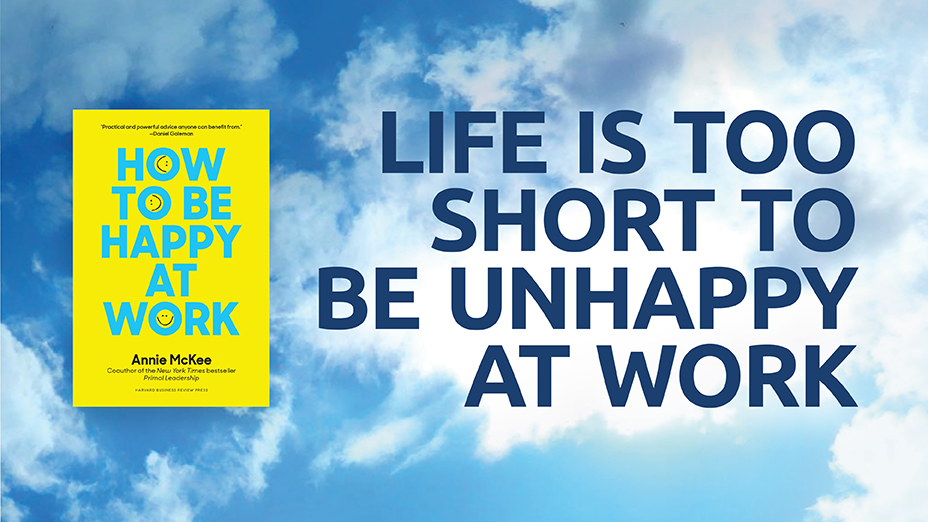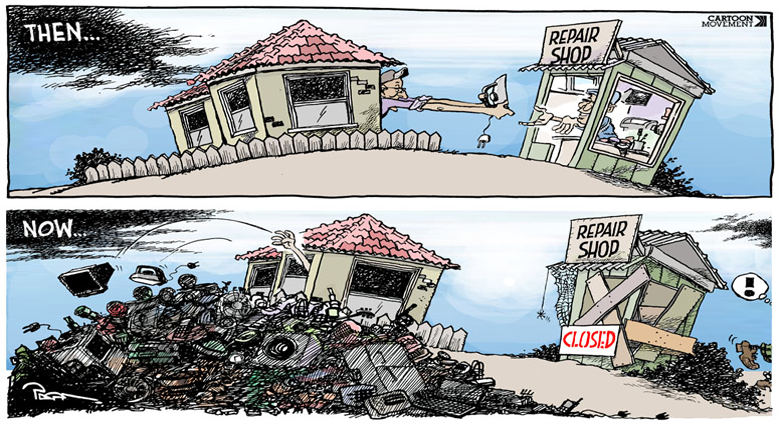1. Emotional In-agility
We tend to make snap judgements based on past experiences, ruled by habits or emotions.
Our thoughts, emotions and expectations of what we want from ourselves and others, ends up not being met by the environment we are in, so we conflate our stimulus response by shutting down and being quiet. This is a compilation between our stimulus, our thoughts and our stories that get in the way of who we want to be as leaders and people.
2. Intention vs. Reality
When faced with cognitive overload from change and uncertainty, our automatic human bias is to become competitive instead of being collaborative, and transactional instead of relational. When we are faced with ambiguity, we default to system one thinking.
3. System One Thinking
We tend to make snap judgements based on past experiences, ruled by habits or emotions. It is automatic, fast and unconscious which requires little energy or attention. This is prone to biases and systematic thinking. This is also known as ‘trained incapacity’ by expert Thorstein Veblen. Psychologists found that patients with poor physical appearance were given different categories of diagnosis than those dressed well. Our emotions are data driven, so you need to step out and rise above your emotions. Notice them but do not let them rule you.
4. Social Contagion
If you are on a diet and the stranger next to you on a plane buys candy, you are 70% more likely to buy candy as well. Example: If one person is stressed, we all get stressed.
The negative emotions of your team will get carried over and you will start seeing growth defects over time. The leader has the greatest ability to affect the team.





.png)
%20(1).png)



What Did You Think?